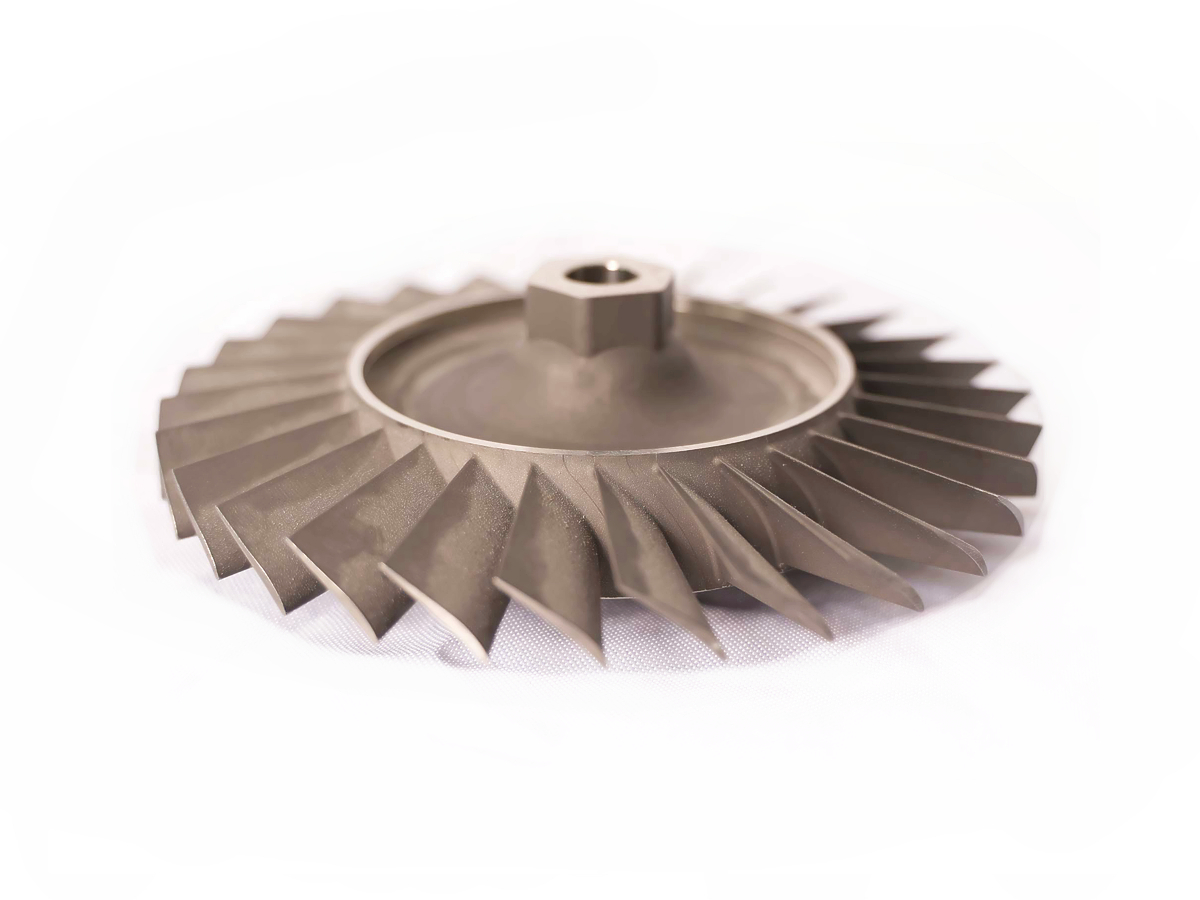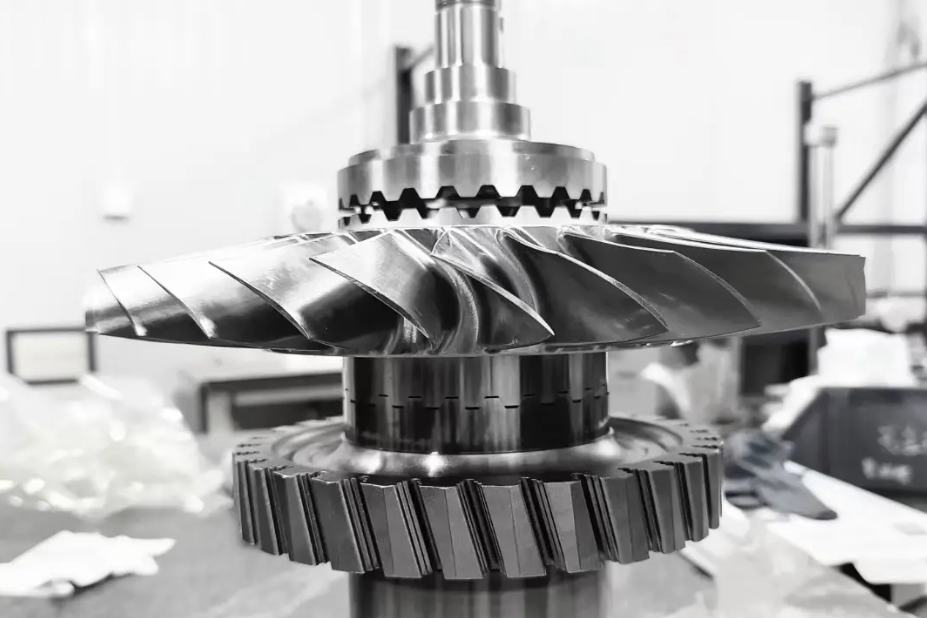What are the typical cycle time and cost of HIP treatment?
From a manufacturing and cost engineering perspective, the cycle time and cost of Hot Isostatic Pressing (HIP) are highly variable, influenced by a complex interplay of part geometry, material, and operational factors. There is no single "typical" figure, but rather a range defined by the specific application. Generally, HIP is a capital and energy-intensive process that adds significant value and cost, justifying its use primarily for high-integrity components in critical industries.
Typical Cycle Time: Factors and Durations
The total time a part spends in the HIP cycle is often longer than just the dwell time at peak conditions. A complete cycle includes:
Loading and Evacuation: Loading the furnace and removing air/moisture from the vessel.
Heat-up and Pressurization: This is a controlled ramp to prevent thermal shock. The rate depends on the furnace design and part mass.
Dwell (Soak) Time: The period at the target temperature and pressure. This is typically the longest phase, ranging from 2 to 6 hours for most alloys like Ti-6Al-4V or Inconel 718. Some specialized materials may require longer dwells, up to 8-10 hours.
Depressurization and Cool-down: A controlled, slow cooling phase to avoid introducing new thermal stresses or causing microstructural issues.
Total Lead Time: The entire process, from load to unload, can range from 10 to 24 hours. However, the commercial lead time is longer due to logistics, furnace scheduling, and the standard practice of batching multiple parts from different customers into a single run to distribute costs. A typical turnaround from a HIP service provider can be 1 to 3 weeks.
Cost Drivers and Estimated Ranges
The cost of HIP is rarely a simple per-part number and is calculated based on the volume of vessel space occupied. The primary drivers are:
Vessel Volume Occupied ("VVO"): Cost is typically quoted per unit of volume, such as per cubic inch or per liter. The total cost is the VVO multiplied by the rate. Efficiently nesting parts in the furnace is crucial for cost-effectiveness.
Material and Cycle Parameters: Alloys requiring higher temperatures and pressures (e.g., some superalloys) consume more energy and may require specialized furnace linings, increasing the cost.
Part Quantity and Batch Optimization: Unit cost drops significantly with larger, dedicated batches. A single, small part run in a shared batch will have a higher effective cost per part.
Cost Estimates: While prices fluctuate, one can expect a range of $50 to $150 per liter of VVO. To put this in perspective: * A small, complex DMLS aerospace bracket might have a HIP cost of $100-$300. * A large investment casting for power generation could cost several thousand dollars to HIP.
The Total Cost of Ownership
When evaluating HIP, it is critical to consider its impact on the entire manufacturing workflow, not just the direct processing fee.
Value Added: HIP enables the use of additive manufacturing and casting for critical applications by making them reliable. This can save millions by preventing in-service failures in sectors like aerospace and aviation.
Ancillary Costs: HIP is almost always followed by a post-HIP heat treatment and final precision machining, as the process can cause minor surface oxidation and dimensional shifts. These steps add to the total cost but are essential.
Cost Avoidance: By eliminating internal defects, HIP dramatically improves fatigue life, potentially allowing for lighter designs and reducing material usage in the long run.
Engineering and Business Considerations
Design for HIP: To minimize cost, design parts to be efficiently packed in the HIP furnace. Consolidating multiple components into a single larger part can sometimes be more cost-effective than HIPping many small ones.
Process Qualification: For regulated industries, the specific HIP cycle must be qualified, locking in the parameters and cost. Changing providers later requires re-qualification.
Quote Based on Volume: Always request a HIP quote based on the total volume of parts per batch, not a single unit, to get a realistic economic assessment.
Conclusion
The typical HIP cycle time is a matter of days in a production schedule, with the active thermal cycle lasting 10-24 hours. The cost is substantial, driven by vessel volume and material, often ranging from $50 to $150 per liter. While a significant expense, HIP is a value-adding process that is often non-negotiable for achieving the required reliability in life-critical and high-performance components. Its cost must be evaluated against the profound improvement in part integrity and the prevention of catastrophic failure.



